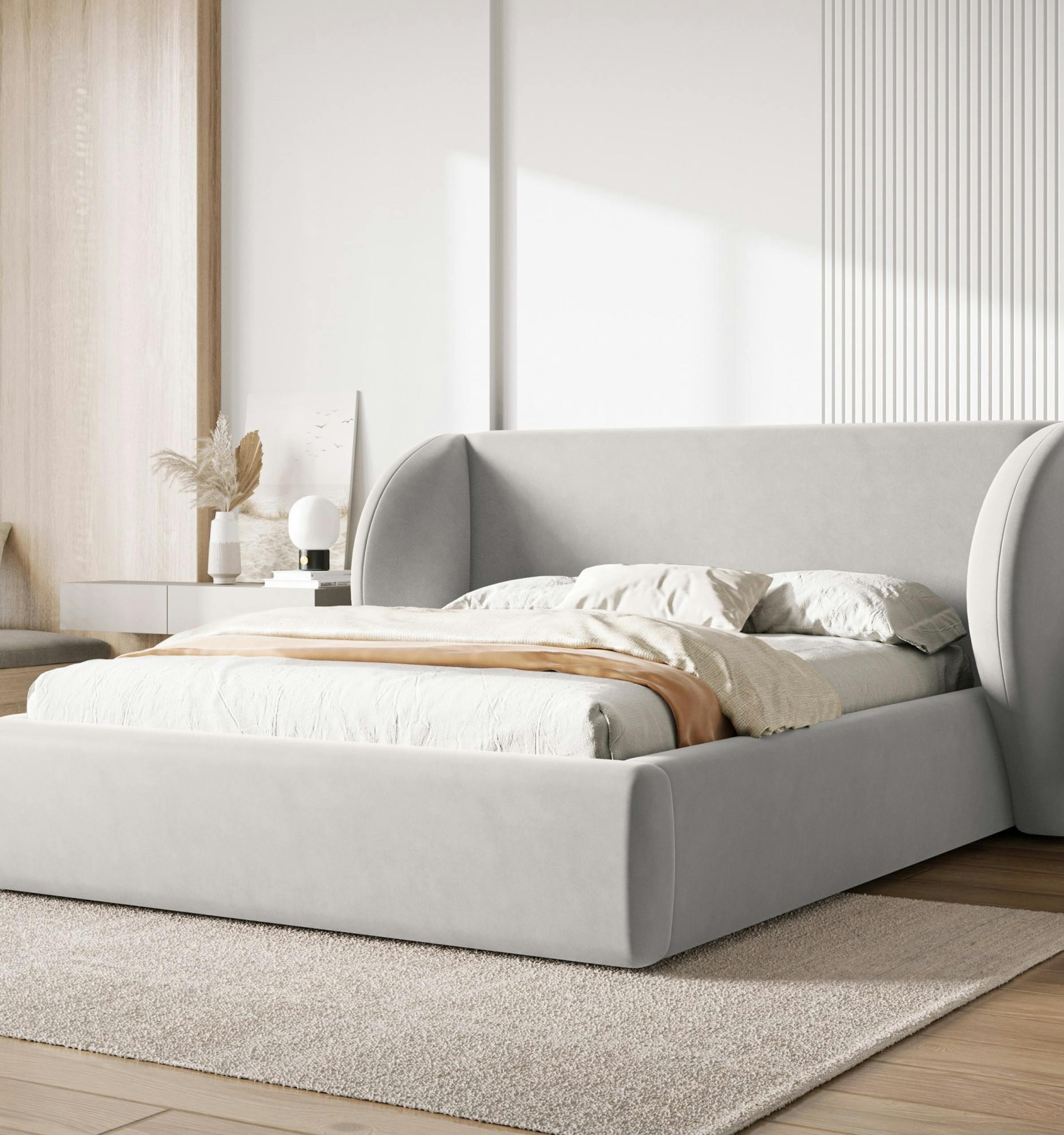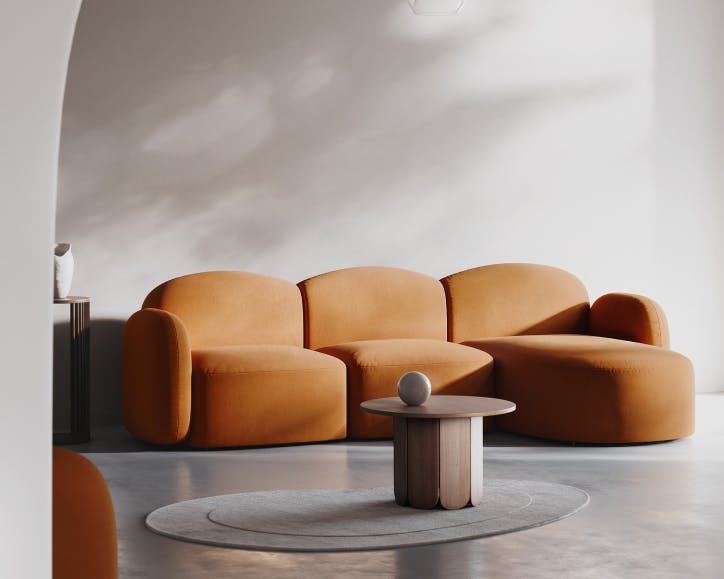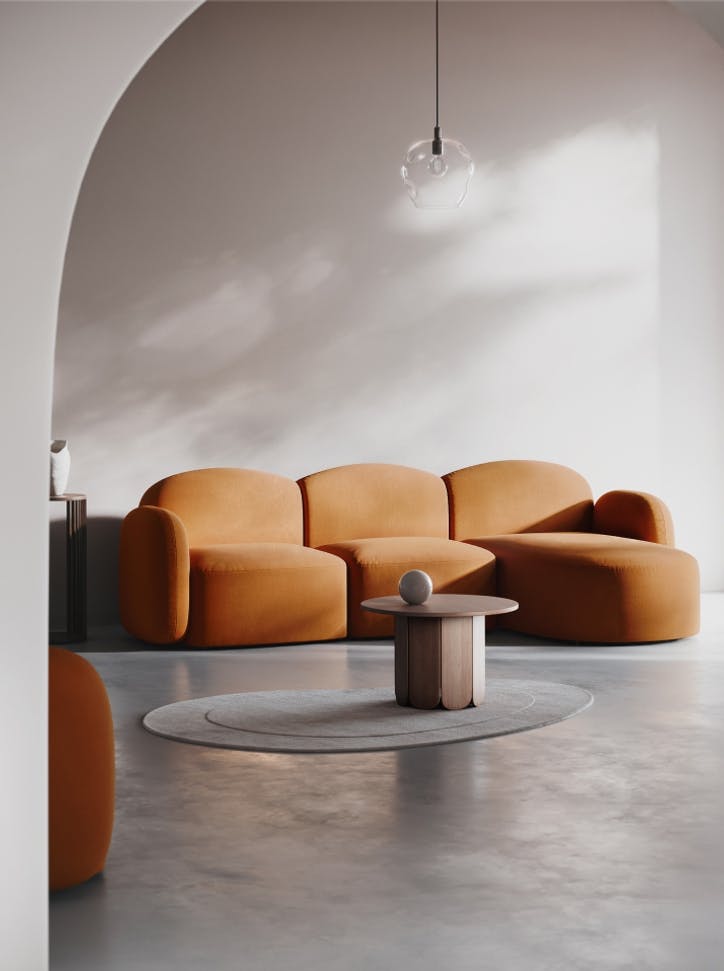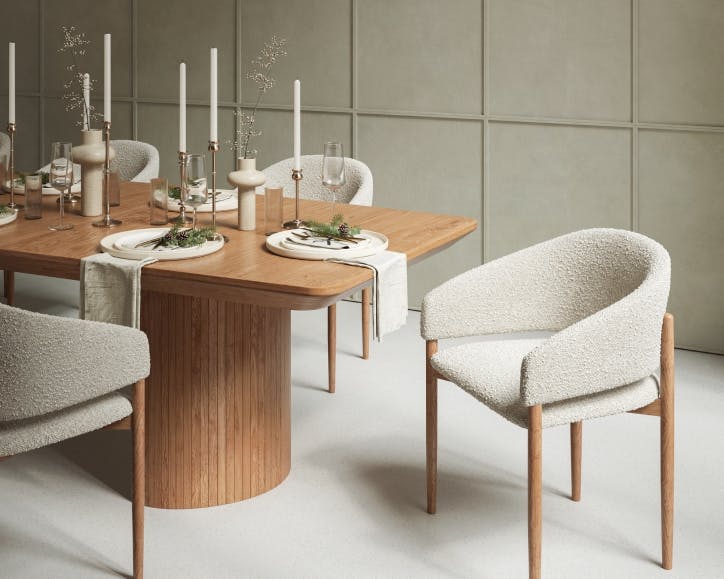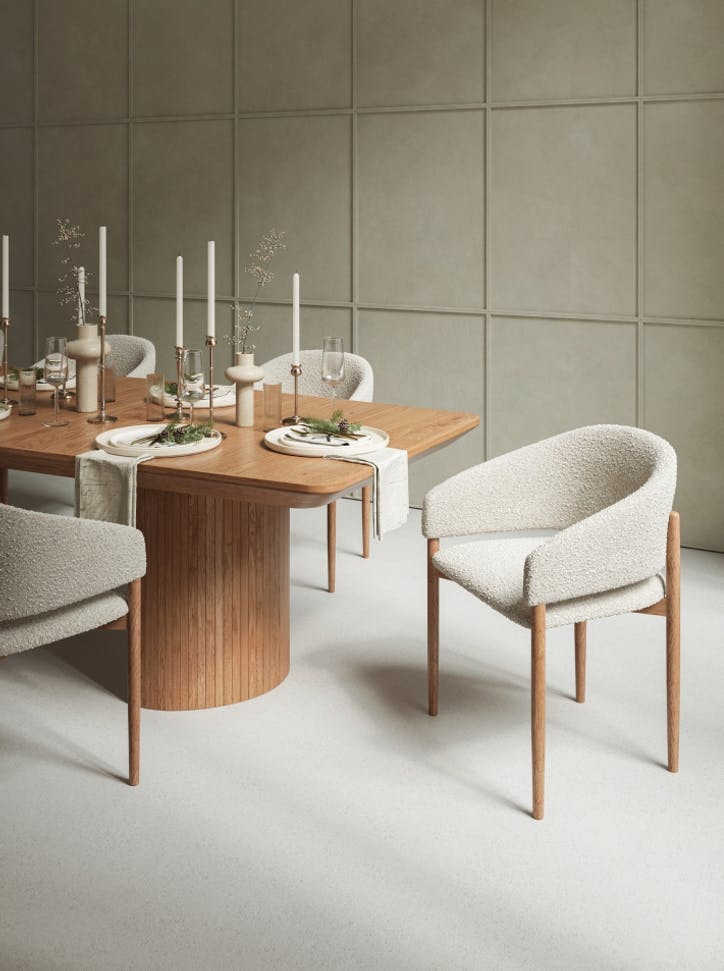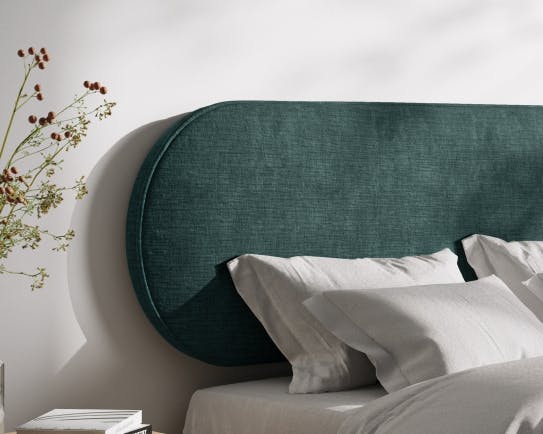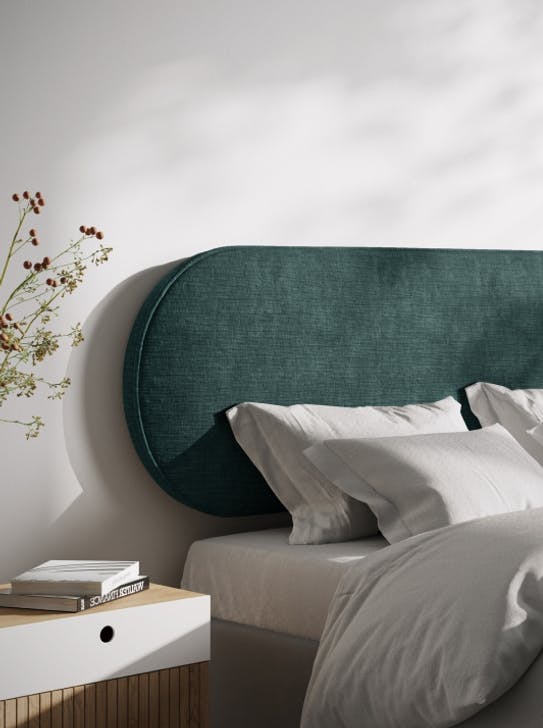
Best Color Lights For Sleep
Choosing the right color light can significantly impact the quality of your sleep. Research has shown that specific colors of light can promote relaxation and help you fall asleep faster. Here, we'll explore the best color lights for sleep and explain their effectiveness.
Red Light
Red light is considered one of the best colors for promoting sleep. Unlike blue or white light, red light has a longer wavelength, which means it doesn't interfere with the production of melatonin, the hormone that regulates sleep. Exposure to red light in the evening can help your body transition into sleep mode more naturally.
Benefits of Red Light for Sleep:
- Melatonin Production: Red light doesn't suppress melatonin, which is crucial for falling asleep and staying asleep.
- Relaxation: The warm hue of red light can create a calming environment, helping to reduce stress and anxiety.
- Circadian Rhythm: Red light can support the natural circadian rhythm, making it easier to wake up feeling refreshed.
Practical Tips:
- Use Red Light Bulbs: Consider replacing your bedside lamp with a red light bulb to create a sleep-friendly environment.
- Install Red Light Filters: Use red light filters on electronic devices to minimize blue light exposure in the evening.
Amber Light
Amber light is another excellent option for enhancing sleep quality. Like red light, amber light has a low color temperature and a soothing effect on the eyes. It's less likely to disrupt melatonin production, making it an ideal choice for pre-sleep activities.
Benefits of Amber Light for Sleep:
- Eye Comfort: Amber light reduces eye strain, making it comfortable for reading or winding down in the evening.
- Sleep Preparation: It helps in creating a tranquil atmosphere conducive to sleep.
- Melatonin-Friendly: Amber light, like red, does not interfere with the body's natural sleep hormones.
Practical Tips:
- Use Amber Night Lights: Install amber night lights in your bedroom to maintain a sleep-conducive environment.
- Amber Light Therapy: Consider using amber light therapy devices to help regulate your sleep patterns.
What Are The Benefits Of Calming Colors For Sleep?
Calming colors have been found to improve sleep quality in various ways. Here's a detailed look at the benefits:
Reduced Stress Levels
Colors like red and amber can help lower stress levels, making it easier to fall asleep. Stress and anxiety are significant contributors to sleep disturbances, and creating a calming environment can help mitigate these effects.
Benefits:
- Lower Cortisol Levels: Calming colors can help reduce cortisol, the stress hormone, promoting relaxation.
- Enhanced Mindfulness: These colors can facilitate mindfulness practices, such as meditation or deep breathing, which are beneficial for sleep.
Improved Sleep Quality
The right colors can enhance the overall quality of sleep by allowing for deeper, more restorative rest. This can lead to improved cognitive function, mood, and overall health.
Benefits:
- Deep Sleep Stages: Calming colors can help you spend more time in deep sleep stages, which are crucial for physical recovery and memory consolidation.
- Reduced Wakefulness: These colors can help reduce the frequency of nighttime awakenings, leading to more uninterrupted sleep.
Enhanced Relaxation
Calming colors promote a sense of peace and tranquility, which is essential for preparing the mind and body for sleep. This can help you unwind more effectively after a long day.
Benefits:
- Mood Regulation: Exposure to calming colors can help regulate mood, making it easier to transition into a restful state.
- Physical Relaxation: These colors can help relax the muscles and reduce physical tension.
Balanced Circadian Rhythm
Exposure to calming colors in the evening supports the body's natural sleep-wake cycle, leading to more consistent sleep patterns.
Benefits:
- Consistent Sleep-Wake Times: Calming colors can help reinforce a regular sleep schedule, making it easier to fall asleep and wake up at the same times each day.
- Hormonal Balance: These colors support the production of sleep hormones like melatonin, ensuring a smoother transition to sleep.
What Types of Light Color Affect Your Mood and Sleep?
The color of light you are exposed to can have a profound effect on both your mood and sleep quality. Understanding these effects can help you make better choices about your lighting environment.
Blue Light
Blue light is often emitted by screens and LED lights. It is known to boost alertness and mood during the day but can be detrimental to sleep if used in the evening.
Effects:
- Melatonin Suppression: Blue light is highly effective at suppressing melatonin production, which can delay sleep onset.
- Increased Alertness: It can increase cognitive function and alertness, which is beneficial during the day but counterproductive at night.
- Circadian Rhythm Disruption: Regular exposure to blue light in the evening can disrupt your natural sleep-wake cycle.
Tips to Mitigate Blue Light Exposure:
- Blue Light Filters: Use blue light filters on your devices to reduce exposure in the evening.
- Limit Screen Time: Avoid screens at least an hour before bed to minimize blue light interference.
Green Light
Greenlight falls between blue and red light on the spectrum, with a moderate effect on melatonin suppression.
Effects:
- Melatonin Impact: Green light can reduce melatonin production, though to a lesser extent than blue light.
- Sleep Onset Delay: Exposure to green light can delay the onset of sleep, making it harder to fall asleep quickly.
- Mood Effects: While green light can be calming during the day, its presence at night can interfere with your body's readiness for sleep.
Tips to Mitigate Green Light Exposure:
- Green Light Filters: Use green light filters on devices to reduce exposure.
- Avoid Green Light Sources: Minimize the use of green light sources in your bedroom in the evening.
White Light
White light is typically used in household lighting and contains a mix of wavelengths that might disrupt sleep patterns if exposure occurs close to bedtime.
Effects:
- Mixed Wavelengths: White light often contains blue wavelengths that can interfere with melatonin production.
- Sleep Disruption: Prolonged exposure to white light in the evening can lead to poor sleep quality and health issues.
Tips to Mitigate White Light Exposure:
- Dimmer Switches: Install dimmer switches to control the intensity of white light in your home.
- Warm White Bulbs: Opt for warm white bulbs that have a lower color temperature and are less likely to disrupt sleep.
Enhance Your Sleep With Our Premium Beds
Which Light Colors are the Worst for Sleep?
Certain light colors can be particularly disruptive to sleep, making it harder to fall and stay asleep. Understanding which colors to avoid can help you create a more sleep-friendly environment.
Blue Light
Blue light is arguably the worst color for sleep. It has a short wavelength that is highly effective at inhibiting melatonin production. Exposure to blue light in the evening can trick your brain into thinking it's still daytime, making it difficult to wind down.
Drawbacks of Blue Light for Sleep:
- Melatonin Suppression: Blue light significantly reduces the production of melatonin, delaying sleep onset.
- Increased Alertness: It can increase alertness and cognitive function, which is counterproductive when trying to fall asleep.
- Circadian Rhythm Disruption: Regular exposure to blue light at night can disrupt your natural sleep-wake cycle, leading to poor sleep quality and health issues.
Green Light
Greenlight, while not as potent as blue light, can still negatively impact sleep. It falls between blue and red light on the spectrum, with a moderate effect on melatonin suppression.
Drawbacks of Green Light for Sleep:
- Melatonin Impact: Green light can reduce melatonin production, though to a lesser extent than blue light.
- Sleep Onset Delay: Exposure to green light can delay the onset of sleep, making it harder to fall asleep quickly.
- Mood Effects: While green light can be calming during the day, its presence at night can interfere with your body's readiness for sleep.
Conclusion
Understanding the impact of light color on sleep can help you make informed decisions about your evening lighting environment. Red and amber lights are ideal for promoting relaxation and supporting natural sleep processes. In contrast, blue and green lights should be avoided due to their disruptive effects on melatonin production and circadian rhythms. By choosing the right light colors, you can enhance your sleep quality, reduce stress, and improve overall well-being.
For optimal sleep hygiene, consider implementing the following tips:
- Use Red or Amber Lights: Opt for these colors in the evening to create a calming atmosphere.
- Limit Blue Light Exposure: Avoid screens and bright lights at least an hour before bed.
- Create a Consistent Routine: Establish a regular sleep schedule and stick to it, even on weekends.
- Adjust Lighting Gradually: Gradually dim the lights as bedtime approaches to signal to your body that it's time to sleep.
By incorporating these strategies, you can create a sleep-friendly environment that supports better rest and rejuvenation. Understanding the nuances of how different light colors affect sleep can empower you to make choices that foster a more restful and restorative sleep experience.
Magazine edition
Exclusive Micadoni magazineHow to Choose the Right Mattress for Optimal Comfort and Support
Choosing the right mattress is crucial for achieving optimal comfort and support during sleep. With the myriad of options available on the market, it can be overwhelming to find the perfect fit. This ...
Bedroom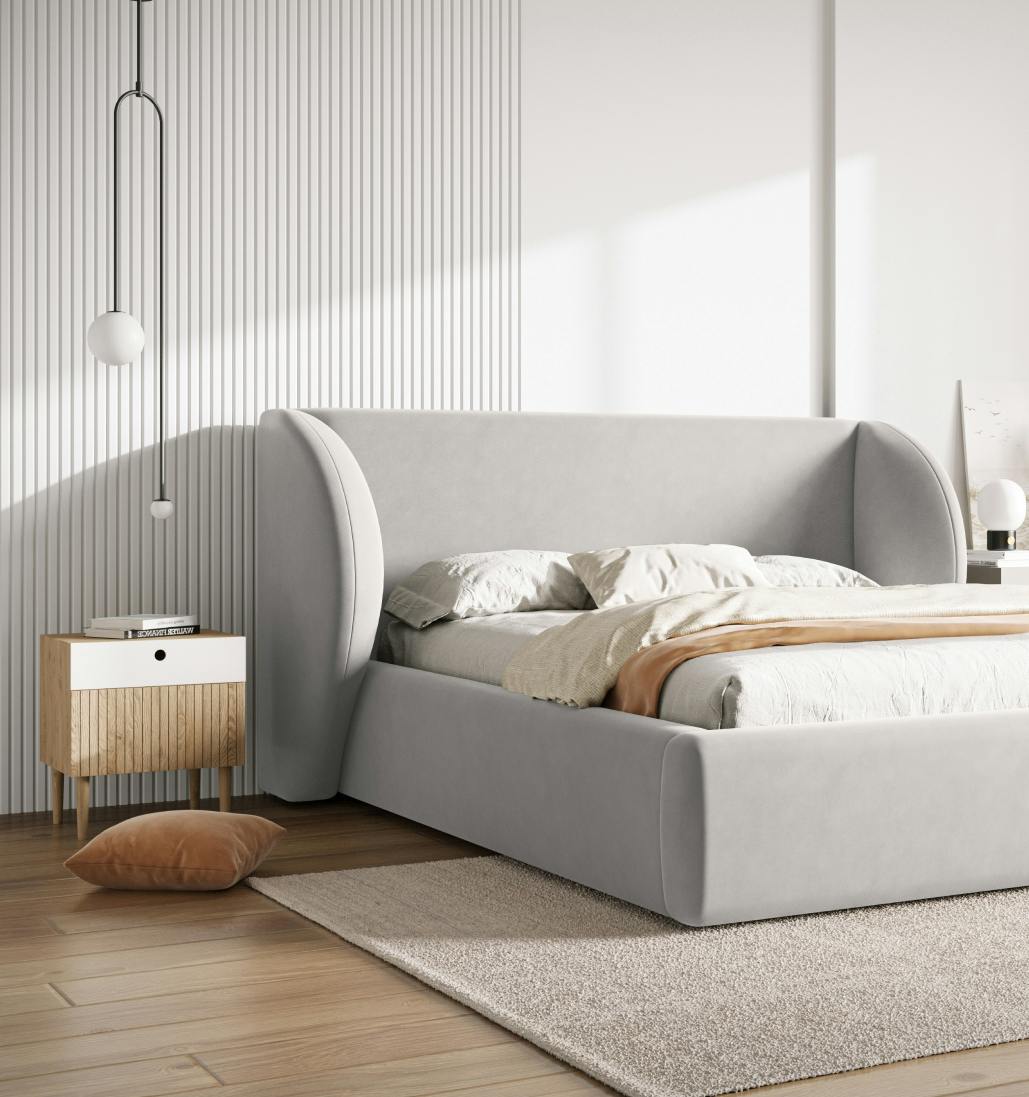
The Ultimate Guide to Buy a Perfect Bed Online
Is it possible to buy a bed online and be satisfied with your purchase? Of course! As with other online transactions, a lot has changed in recent times. Any concerns are now dispelled by the modern so...
Bedroom